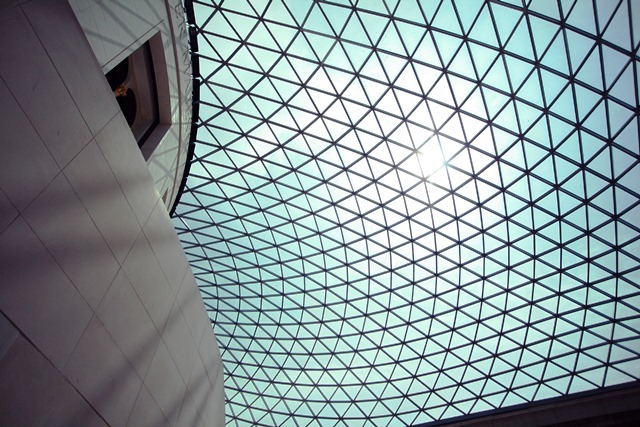Last updated: 17 July 2023
Tour guides come and go. They fleet in and out of your life, and you out of theirs. But some don’t. They stay with you for years as you recite their stories to family and friends.
What is Deep Travel?
Deep Travel is like waking up while already awake
-Tony Hiss
We met Caroline Barron, a docent with Context Travel, outside a coffee shop across just from the British Museum. Caroline introduced herself as a docent veteran, having worked with the company initially in Italy until moving back to England to complete her studies PhD in Classical Reception.
A quick briefing about the museum itself, an education on the Pediment and our plan for the day and we’re off for a deep travel experience like no other.
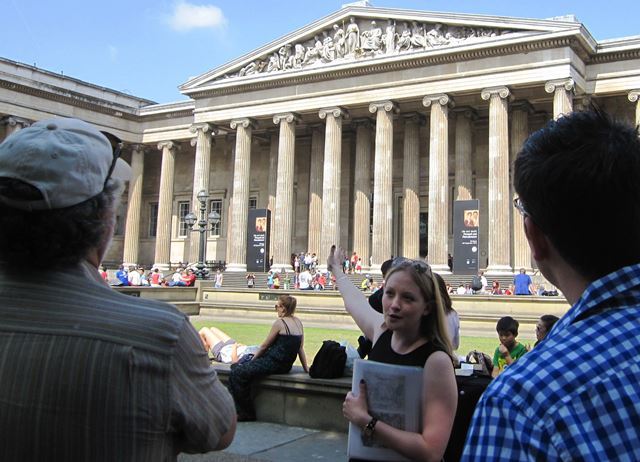
The British Museum comes in at 15th on Lonely Planet’s list of the world’s must-see sites. Museum collection totals at least 8 million objects with roughly 80,000 objects (or 1%) are on public display at any one time. There’s no such thing as a quiet day at the British Museum. In 2013, it had a record 6.7 million visitors and numbers only continue to grow.
Dont forget to look up..
As you enter the British Museum via Great Russell Street, you quickly pass through the Great Court and enter the impressive round Reading Room. Featuring a dramatic domed ceiling, the Norman Foster designed Great Court which opened in 2000. It’s worth stopping for a minute or two to soak it all in.
What’s your British Museum visiting strategy?
You’ll need one. Without a guide, the British Museum is overwhelming. The building was completed in 1852, and since has had alterations with levels and galleries added. The result is multiple levels across different halls. Simple navigation can be a complicated exercise as not all staircases and elevators go to all levels.
We had three hours together and I wanted to make the most of every second. So, we started off in the Enlightenment Gallery. First stop is the bust of Hans Sloane and a brief history of his bequeathment that lead to the establishment of the British Museum.
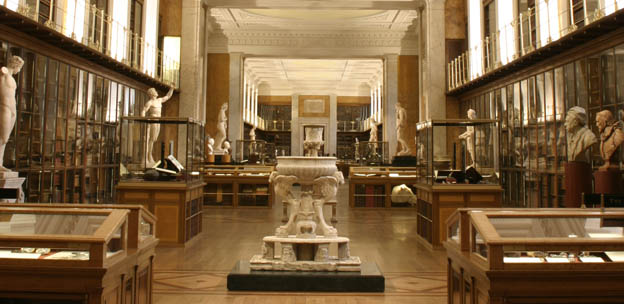
Take your time to explore the Enlightenment Gallery. It’s the period of time (1680-1800s) where learning flourished across Europe.
It’s here you can find a replica of the Rosetta Stone. Caroline explains the history of the Rosetta Stone, its role in the modern understanding of Egyptians hieroglyphs and how it came to rest in the British Museum. As I listened intently, I took the chance to run my fingers over the engraved message, wondering what it must have been like to discover such an artifact.
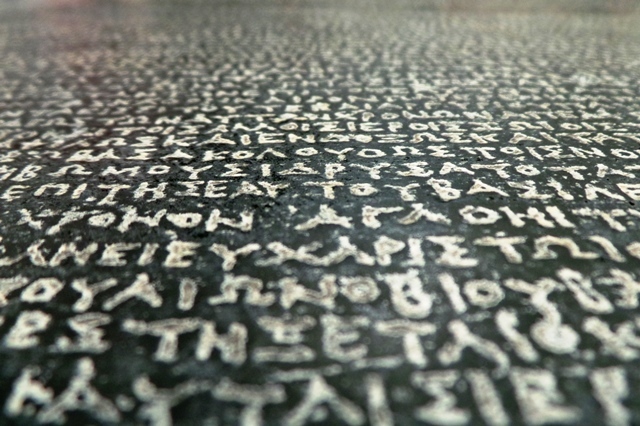
The real Rosetta Stone is located in Room Four. Encased in bullet proof glass, the crowds are several people deep. I have flashbacks to the crowd crush at the Louvre. It is less stirring than I’d hoped. I stand back and watch the flurry of activity in front of the glass. Flashes going off far and wide, and selfie sticks galore. It feels more like the mosh pit of a Foo Fighters concert than one of the world’s most priceless relics.
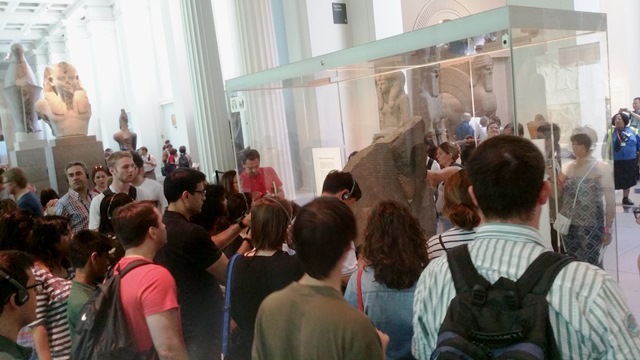
We quickly move on.
We walk and talk. New words have begun to enter my vocabulary. Which prompts several questions. What or who is Mesopotamia? We’re subsequently educated in the complicated history of Assyrian kings and the battles fought across lands of what is modern day Iraq.
I had no knowledge of Babylonia or the Assyrian empires. I asked what I thought were rudimentary questions, only to receive nods of encouragement from members in the group. Clearly they skipped that history lesson too. Caroline stepped us through millennia in a matter of minutes with the patience of a saint.
The Egyptians
Pharaohs, mummies & cats are all well represented in the British Museum. We find a corner to grab a quick sit as Caroline describes the Egyptian life.
Adults and children alike peer into the glass cases of Mummies in sarcophagi, amazingly well-preserved bodies and in one case, bread and duck that’s survived intact for thousands of years.
One notable point of my tour with Caroline was how things can easily be missed. Museums around the globe have these unique items, priceless pieces of history, that unless you know the background to it, you can easily walk right past it and miss it.
Take the image below. It was ‘originally’ of the Amenhotep III. Caroline explained how the Pharaoh Ramses II changed sculptures to represent his own distinct features. Almond shaped eyes, high cheekbones & dimples around the mouth, these were all added later.
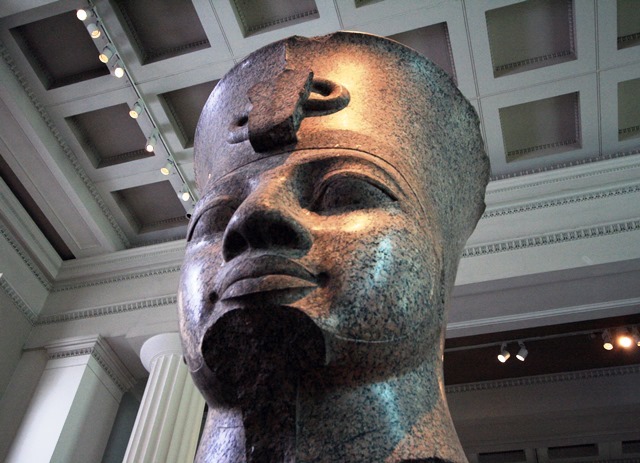
Who is Context Travel?
Context is a network of PhD level scholars and other experts living in cultural capitals around the world. They are passionate teachers who guide visitors on an experiential journey.
Below is one of my Instagrams from outside the British Museum. After the tour, I sat for about 30 minutes and just took in what I had learnt. I felt enlightened and even a bit emotional. It wasn’t overwhelming, it was liberating.

The Essentials
British Museum
When: Open daily 10.00–17.30
Where: Great Russell St, London WC1B 3DG
Transport: British Museum is serviced by four Tube stations. All are within ten minute walk.
- Holborn (Central & Piccadilly lines)
- Tottenham Court Road (Northern line) – Central line trains will not stop here until Dec 2015
- Russell Square (Piccadilly line)
- Goodge Street (Northern line)
Cost: Free! – Some costs are associated with specific exhibits.
Insider tips: Time your visit wisely. July the busiest month with 747,936 visits. That’s an average of circa 25,000 visitors per day. (Source: British Museum, 2013 statistics).
Disclosure: While I was a guest of Context Travel, all opinions, as always, are my own.
